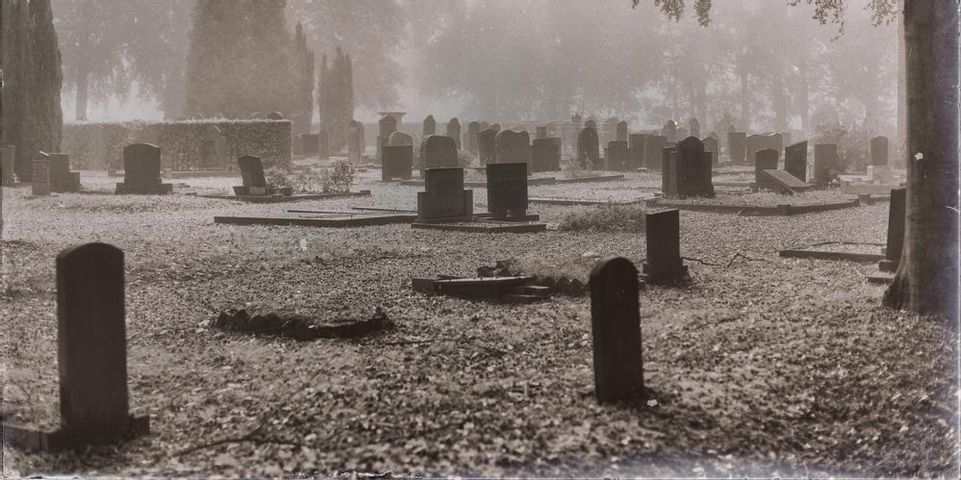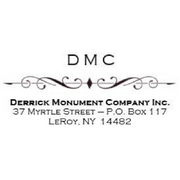A Brief History of the Modern Headstone

In graveyards across the world, headstones are often used to mark the graves of the deceased. With some marked with a simple name and two dates and others with more elaborate words or poems, gravestones have become an important aspect of our culture. But when did the practice begin, and why do we use certain types of stone over others? If you’re curious, read on for a brief history of grave monuments and their material composition.
17th Century Slate & Sandstone
In early Western culture, it was customary for families to bury their dead near their homes, often using wood or rock cairns as markers. But this practice started to change in the 17th century, when it became more common to bury the dead in churchyards. Additionally, richer families would commission monuments to be made from stone, with slate and sandstone being the most popular because they were soft enough for etching.
Granite & Marble Grave Markers
 In previous centuries, it was mainly only the rich who could commemorate their loved ones with engraved headstones. But as technology progressed and families gained affluence, personalizing gravestones became more mainstream—especially around the 19th century. Also, harder materials like granite and marble, which are still popular today, became more accessible. Unlike softer stones, granite and marble can not only be engraved, but can also much better withstand the forces of nature. Now, in modern times, they can be personalized by color, style, and other factors, and can be laser engraved with almost any design.
In previous centuries, it was mainly only the rich who could commemorate their loved ones with engraved headstones. But as technology progressed and families gained affluence, personalizing gravestones became more mainstream—especially around the 19th century. Also, harder materials like granite and marble, which are still popular today, became more accessible. Unlike softer stones, granite and marble can not only be engraved, but can also much better withstand the forces of nature. Now, in modern times, they can be personalized by color, style, and other factors, and can be laser engraved with almost any design.
Derrick Monument Company Inc. is located in Le Roy, NY, and has been commissioned to create beautiful headstones throughout the region since 1915. Family-owned and now in their third generation of ownership, they’ve greatly honed their craft, and they work with a variety of materials such as porcelain, marble, bronze, and even solar lighting. To make an inquiry, please call (585) 768-8470. More information about their services is available online.
About the Business
Have a question? Ask the experts!
Send your question

